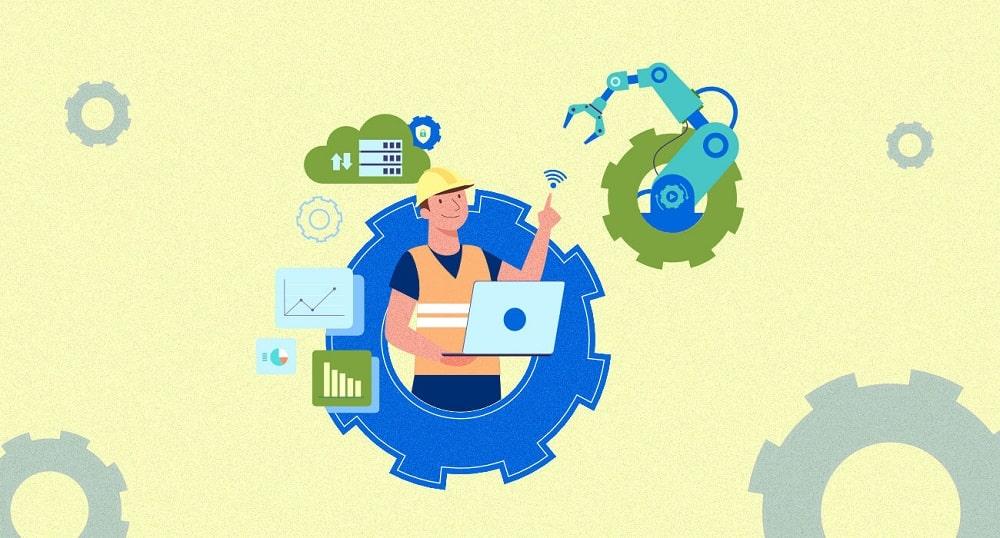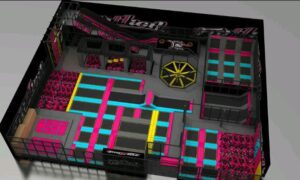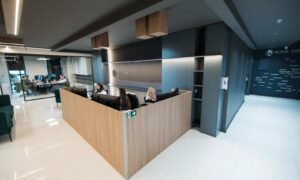Introduction
Think back just a few years. Ordering at a café meant flagging down a busy server, and menus were printed; splitting bills was a headache. Fast-forward to now, and the experience looks completely different. Whether you’re grabbing a quick bite or sitting down for a long lunch, chances are you’ve interacted with some kind of tech—QR code menus, app-based ordering, or tap-to-pay systems. It’s quick, it’s clean, and most of the time, it works seamlessly.
These changes aren’t just about convenience for customers. They’re transforming how businesses operate, how staff interact with guests, and the overall experience for guests. It’s not just tech for the sake of technology either. The right tools, when used well, create better dining experiences, reduce errors, and help venues of all sizes run more smoothly.
Technology in the service industry has quietly reshaped what we expect from dining out, hotel stays, and event service. Whether you’re a customer, a staff member, or a venue owner, the benefits are becoming hard to ignore.
What Hospitality Technology Means Today
When people hear “hospitality technology,” their first thought might be flashy touchscreen menus or robotic waiters, but the reality is much more grounded—and far more helpful. Hospitality tech today is all about simplifying the experience for both customers and staff. It’s the invisible helper in the background that makes service smoother, faster, and more reliable.
At its core, this tech includes everything from mobile ordering systems and QR code menus to integrated payment platforms and kitchen display screens. It’s also the backend software that manages bookings, tracks customer preferences, and assists with rostering and inventory management. You might not see it, but when a meal comes out exactly as requested, the bill is split perfectly, and the service feels fluid – that’s technology doing its job quietly and effectively.
For customers, the most obvious touchpoint is the ordering process. Whether it’s scanning a code to view a live menu or placing an order via a mobile app, these systems remove friction. No more waving at staff to order another drink or standing in line at the bar. For businesses, these tools gather real-time data that helps them make better decisions, such as identifying popular items and predicting peak ordering times.
The goal isn’t to replace human interaction. In fact, by taking care of repetitive or admin-heavy tasks, tech frees up staff to focus more on the parts of hospitality that matter—being present, welcoming, and helpful.
The Customer Experience Is Faster and Easier Than Ever
One of the biggest wins from all this new tech? A smoother, quicker customer experience. You no longer have to wait for someone to take your order or bring you the bill. Everything from browsing the menu to paying can happen on your phone—and in your own time. It’s fast, intuitive, and increasingly what customers expect, especially in busy cafés or casual dining spots.
You might notice this shift most clearly during peak hours. Instead of chaotic queues at the counter, customers simply tap and order from their table. Venues stay calm, service speeds up, and orders go straight to the kitchen without being misheard or miswritten. This isn’t just a fancy gimmick—it solves real problems.
This is especially helpful in places with limited staff. Tech picks up the slack when teams are stretched, helping venues maintain consistent service without burning out their crew. And for the customer, it’s all about convenience. No confusion over menu changes, no awkward bill splitting, and no unnecessary waiting.
In many parts of Australia, this approach is becoming standard. Whether you’re in a Melbourne laneway café or a coastal pub in Byron Bay, venues are increasingly offering hospitality technology for ordering that aligns with how customers want to interact. It’s not about pushing tech for the sake of it—it’s about giving people better options, faster turnaround, and a more enjoyable time out.
Why It Works So Well for Staff Too
It’s easy to think of hospitality tech as a customer-focused upgrade, but the real magic is how much it improves things for the people behind the scenes. When ordering systems and point-of-sale platforms are working well, the whole service experience becomes less stressful—and a lot more efficient.
Staff no longer have to dash between tables, scribbling notes or memorising complex orders. With digital ordering, everything is typed in by the customer and sent directly to the kitchen. That means fewer mistakes, less confusion, and smoother communication. It also gives floor staff more time to focus on the human side of service—welcoming guests, checking in on tables, and creating a positive atmosphere.
A flow starts to build when tech and team are in sync. In a busy restaurant, for example, staff can quickly glance at tablets to track the progress of orders, while the kitchen can pace itself without constantly checking in. In cafés, baristas can start preparing drinks before the customer even reaches the counter. And when it comes time to pay, things move fast—no waiting for a card machine, no juggling receipts.
All of this leads to better shifts, happier teams, and fewer errors. And that matters. Hospitality is known for being high-pressure, and anything that takes the edge off helps with staff retention and morale. Good tech, when it’s intuitive and reliable, isn’t just about keeping customers happy.It’s about delivering a seamless experience. It’s about making the job more manageable, more enjoyable, and more sustainable for the people who do it every day.
Local Businesses Stay Competitive With the Right Tools
Technology isn’t just a tool for big chains. Some of the most creative and efficient uses of hospitality tech are coming from small, independent venues. Whether it’s a suburban café, a boutique hotel, or a pop-up food truck, Aussie businesses are proving that you don’t need a massive budget to use intelligent systems that make a real impact.
One of the most significant advantages for local venues is staying competitive while maintaining their unique identity. When a small bar introduces mobile ordering, it doesn’t mean losing the personal touch. It means freeing up bartenders to talk to customers instead of dealing with a queue three people deep. When a neighbourhood bistro uses digital payments and live menu updates, they’re not turning into a fast food joint—they’re just making life easier for both diners and staff.
These tools also give local venues more data to work with. They can see which dishes are flying out the door, which times of day are busiest, and even who their regular customers are. That kind of insight helps them make more intelligent decisions—from rostering shifts to tweaking the menu—all without hiring a consultant or spending hours poring over spreadsheets.
And here’s the part that matters most: it keeps local dollars in the community. When a family-run café can match the ordering efficiency of a national chain, they’re more likely to keep customers coming back. They stay relevant, competitive, and profitable—all while offering a more unique and personal experience.



































